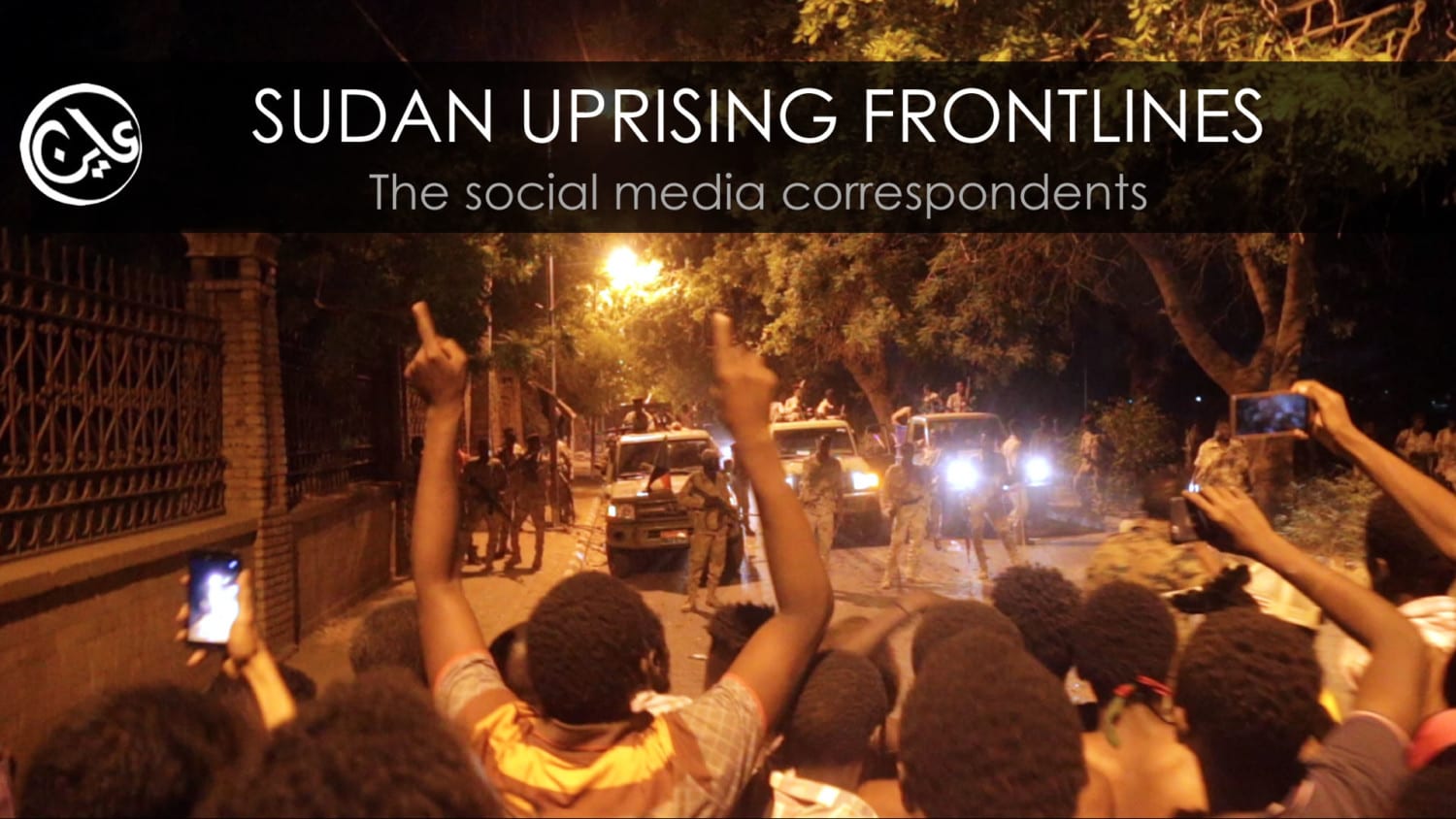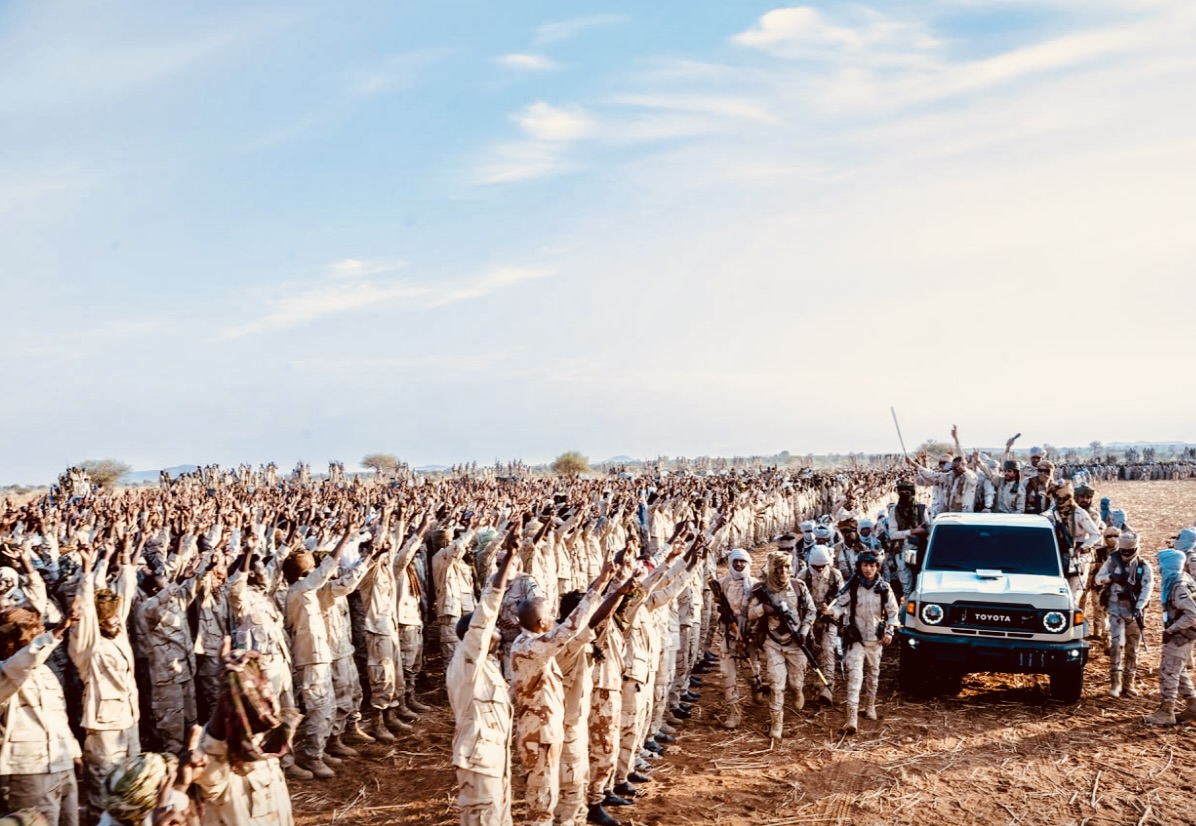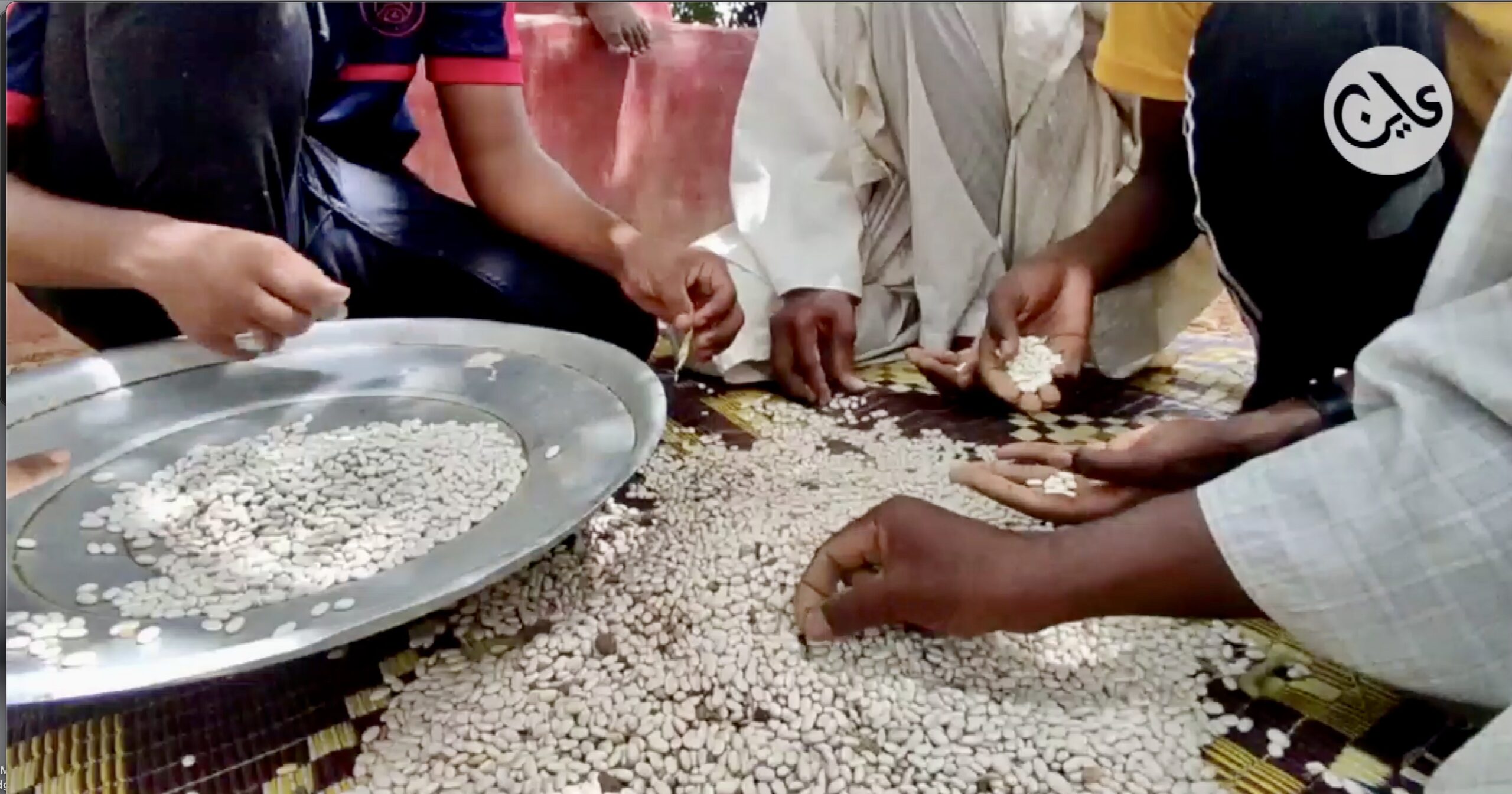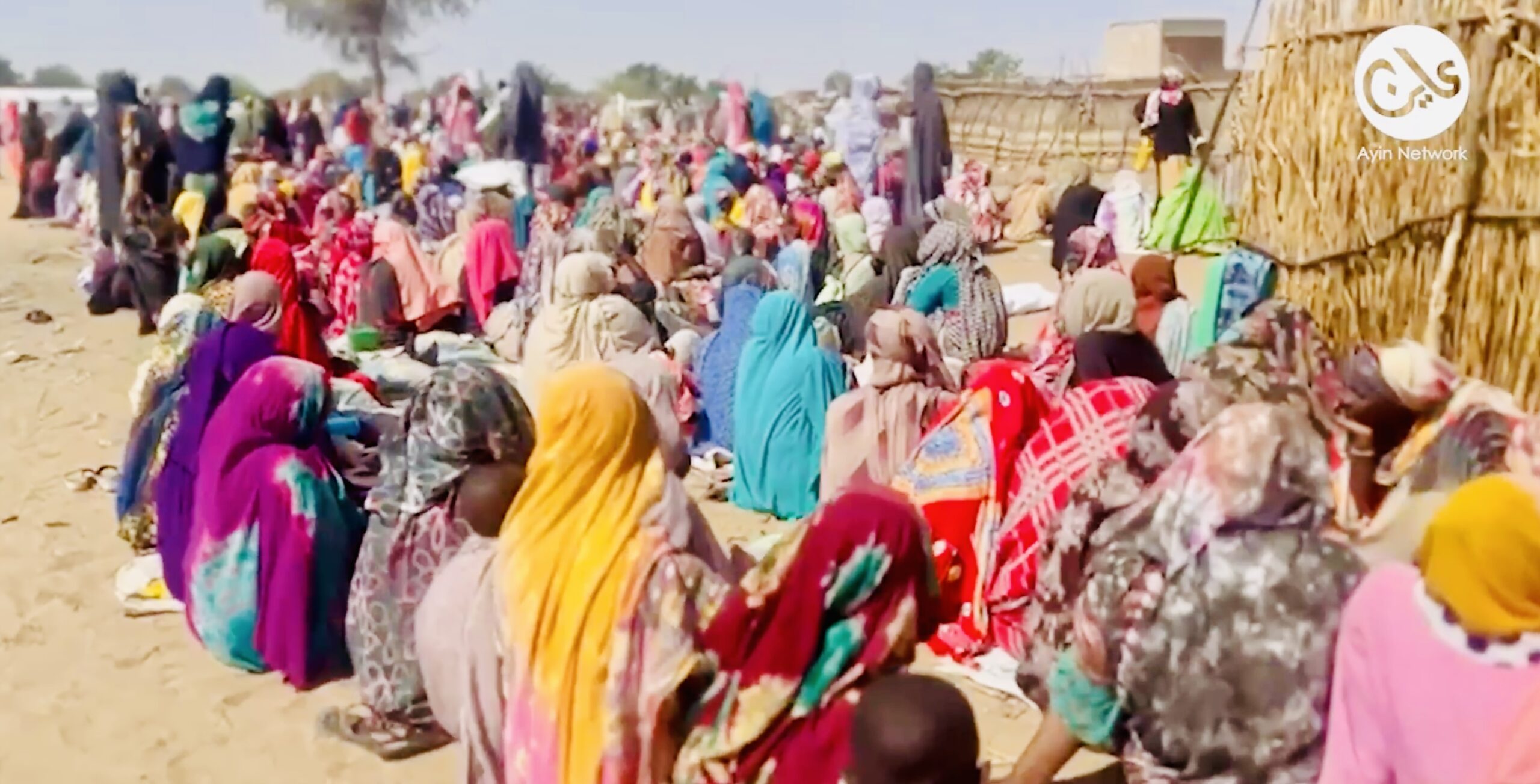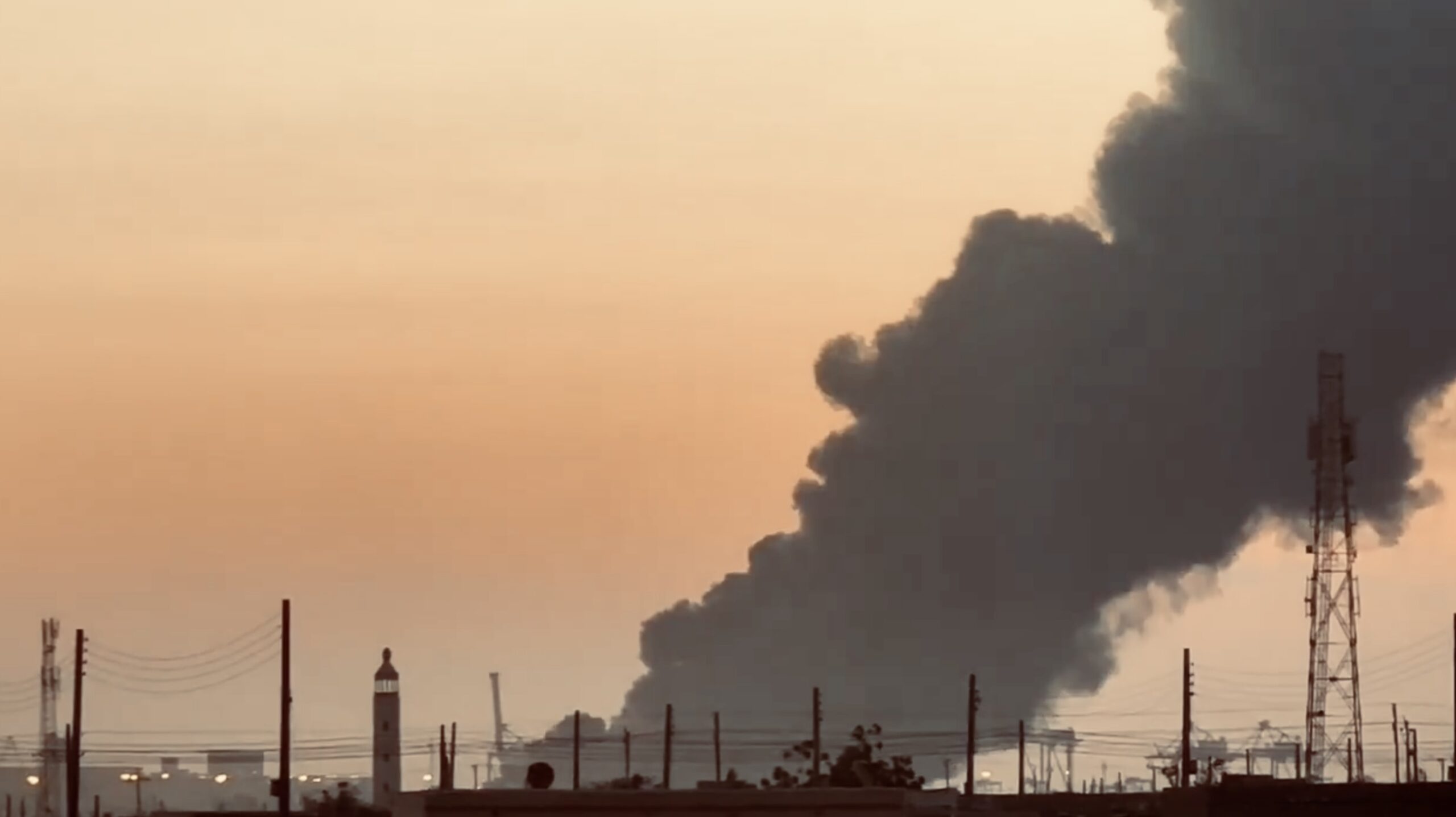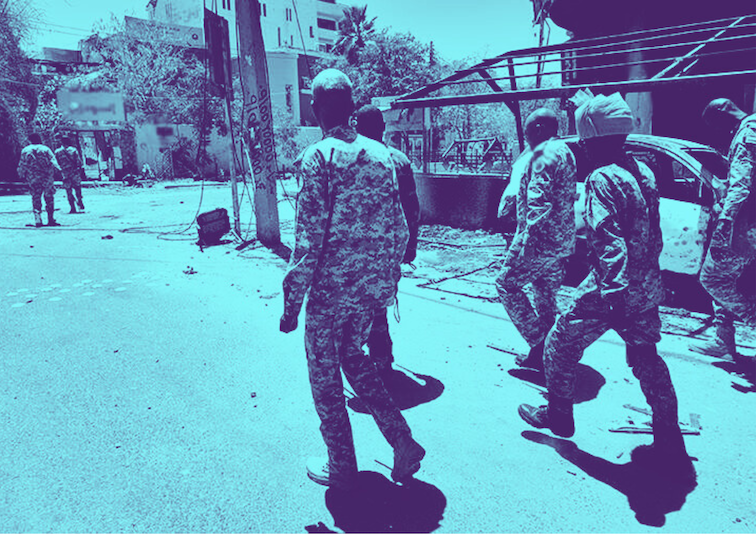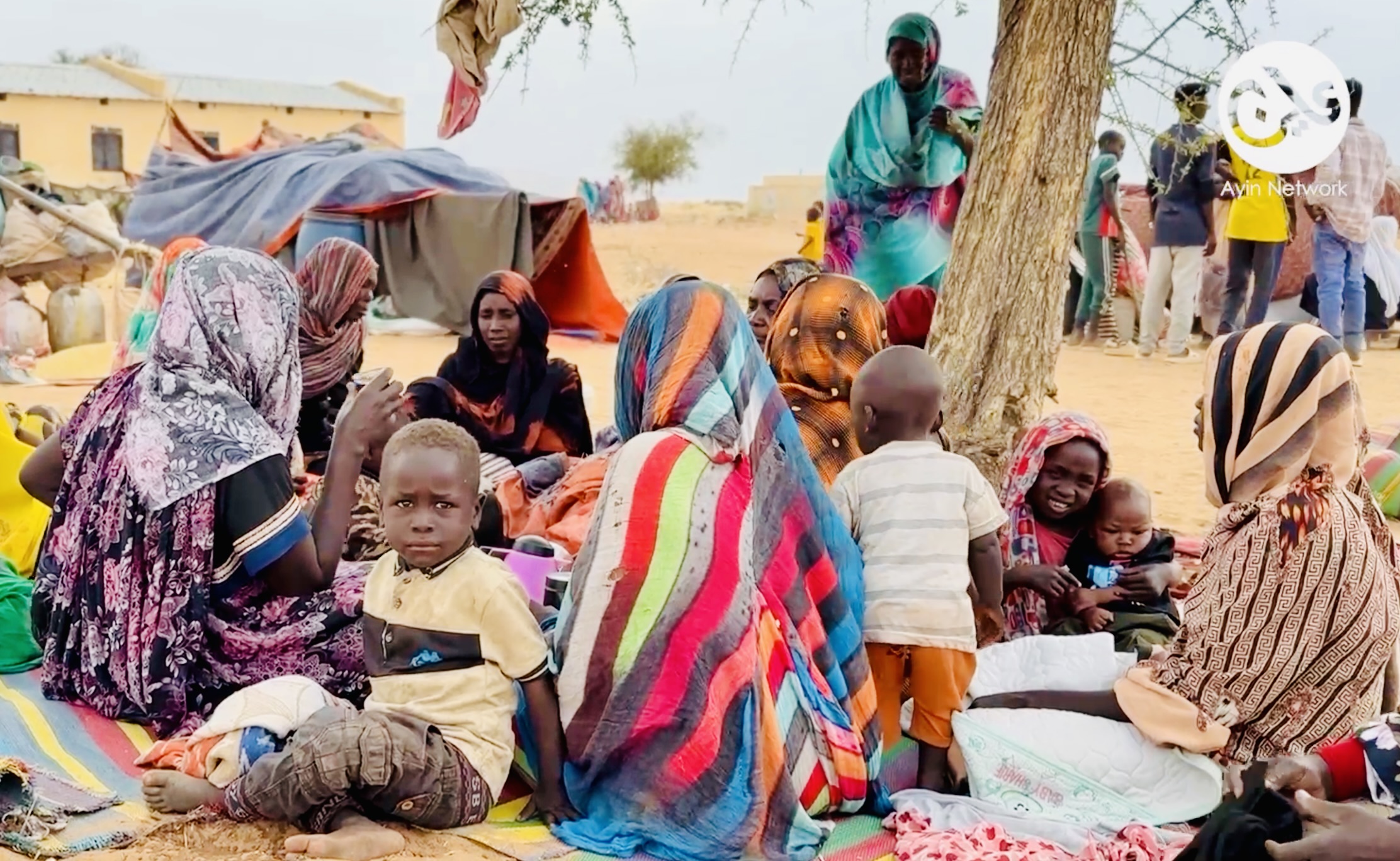Sudan uprising frontlines: the social media correspondents
Both Rani Farah and Ali Osman believe security forces specifically targeted them for their role uploading Facebook live broadcasts. The attacks are a stark indicator of the influential role social media has played in supporting and promoting the revolution –and how much the military authorities were determined to repress it.
“Now I’m at the sit-in, people are talking about an attack that will happen today […] there are rumours that there will be an attack but this is just a rumour,” announced Rani Farah while airing a live Facebook broadcast. Farah was filming on 3 June at the former protest sit-in site at the capital, Khartoum –the very day security forces decided to clear the protest sit-in outside the army headquarters, killing over 100 people, dumping at least 40 bodies into the River Nile.
Rani Farah’s earlier attempts to quell the rumour were shattered after 5 am when security forces started firing indiscriminately at the sleeping protestors. Suddenly, Rani’s thousands of Facebook viewers saw something terrible: their Facebook live broadcaster, who normally provided them minute-to-minute coverage of the revolution, was shot right in front of their eyes during his broadcast. “The injury was in my chest, only four centimetres from the heart, the bullet is still inside,” said a recovering Farah from his bed.
“On 3 June, all the time people are falling around you, and yet all the time there are people willing to carry you to an emergency ward. I am filming all of these scenes via Facebook live,” said another brave social media user, Ali Osman. Like Farah, Osman attracted a huge following providing live social media broadcasts throughout the revolution. Also like Farah, security forces targeted him for his broadcasts. “Around the infantry headquarters, they shot me there,” Osman told Ayin. “The injury affected my left ear. The sniper shot at me because I was doing a live Facebook broadcast.” According to Osman’s doctor, he is only hearing 40 percent of his normal hearing level.

Target social media, connectivity
Both Rani Farah and Ali Osman believe security forces specifically targeted them for their role uploading Facebook live broadcasts. The attacks are a stark indicator of the influential role social media has played in supporting and promoting the revolution –and how much the military authorities were determined to repress it.
The former regime restricted access to social media networks for 16 weeks before former president Omar al-Bashir lost his presidency in April. The military council cut the Internet for a month after the deadly 3 June massacre to subdue the efforts of protestors and prevent a mass response to the violence they unleashed at the sit-in. With the Internet inaccessible, main protest groups like the Sudanese Professionals Association were at first unable to communicate and mobilise their 800k followers. The protestors’ spirit of volunteerism, however, managed to overcome this challenge through text messages and word of mouth. When protestor Hashim Mohamed received any information about protests, for instance, he would send 20 phone texts –to which the recipient is then expected to forward it to another 20 people. A severe blow to Sudan’s economy, the Internet monitoring site Netblocks estimated that a five-day shutdown in Sudan costs roughly $228,924,25.
Despite these costs amidst an economic crisis within the country, the former security forces knew how influential and widespread social media use within Sudan had become and were determined to cut social media access -at any cost.
Although still focused on the capital, Internet connectivity has spread significantly over the past decade across the country. “Now social media is everywhere in Sudan unlike the past, you can find it at the village level,” Farah said. Nearly a third of Sudan’s population has Internet access, according to the Internet Telecommunications Union, a 38% increase from ten years ago.

The revolutionary app
Social media has been a driving force in Sudan’s revolution, providing people with an opportunity and avenue to organise and mobilise against the former regime as well as alert others to these dynamic events. It has created an atmosphere of cohesion, encouraging a wider net of the Sudanese public to participate in the revolution, Farah told Ayin. Farah says his live broadcasts have encouraged many to join the revolution and help others, especially from the Sudanese Diaspora, to “let them feel like they are part of the revolution as well.”
When the press cannot hold the powerful accountable, the people become the fourth estate. According to Osman, social media filled the independent media void at this critical period. “When there are any media criticizing the regime, they are silenced,” Osman said. “The only media who cover the whole country is social media –even the international media focuses on areas of interest to them.”
From Sudanese Archives’ report: Violence against protesters in Omdurman on June 30 … 8 dead, more than 50 injured as a result of violence against protesters in Omdurman on June 30, 2019. To read the full investigation: https://www.sudanesearchive.org/en/investigations/omdurman.html
While some are creating social media, others are analysing and saving it. Miass Abdelaziz is the head of a monitoring project with the Sudanese Archive, an online monitoring platform that collects and documents human rights violations and news events primarily using social media data. Abdelaziz believes this level of social media documentation is unprecedented in Sudan and may play a key role in future attempts to hold human rights abusers to justice. “Social media has played a huge role in this revolution,” Miass Abdelaziz said, “People knew about protests via social media – even at the local level, I have never seen it used before like this—including in the Egyptian revolution.”
But social media can be utilised by anyone for alternate purposes. “Of course, they [National Security] have teams, especially in February and March, to fill social media with propaganda and false news, but it didn’t work this time,” Abdelaziz said. “It backfired for them – people identified their posts more easily –maybe Sudanese citizens are better informed now than before.”
While social media’s value is clear, the dangers of using it are apparent – Farah is still unable to join the protests due to injuries while Osman’s hearing is now seriously depleted. “I was part of all the protests, [but] after 3 June there were two big protests and I was not part of them because of the injury,” Farah said. “It’s painful for me not to be there.” Despite their injuries, both are committed to continuing broadcasting via social media. “I am going to continue doing Facebook live broadcasts,” Osman told Ayin. “Not only for this revolutionary period but for any event in Sudan, we need to record it.”




